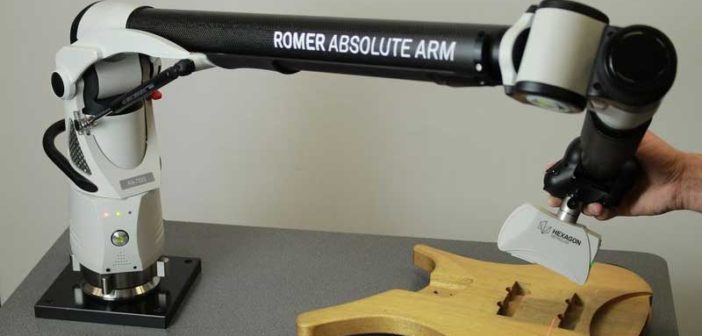For several years now, laser scanners and touch probes have been used to digitize objects in woodworking. However, due to technical, practical, and financial limitations, manufacturers have been unable to fully leverage these technologies. Fortunately, as scanners and portable CMMs become more available and affordable, companies serving the woodworking industry can now easily use digital technology to increase their productivity, improve their design process, and derive a greater ROI on their existing CNC investment.
To understand how portable CMMs are modernizing the woodworking industry, it’s helpful to know how the technology works. First, the arm is used to scan a piece of furniture, molding, or a custom-built frame. This scan creates a point cloud, which is a computer model comprised of thousands of unique data points. That information is exported using CAD tools and transferred to CNC machines for carving.
Now that you know how the technology works, here are three important ways portable CMMs are revolutionizing the woodworking industry’s design process:
1. Rapid prototyping for design purposes. Portable CMMs are transforming industrial design by enabling faster and more accurate prototyping methods. The tools are replacing model makers and speeding up the process, thus allowing companies to bring new products to market and improve existing offerings with ease.
2. Reverse engineer wooden objects to improve design. By scanning wooden objects and gathering detailed information about their composition, manufacturers can use portable CMMs to reverse engineer them. The data collected can then be used to quickly and easily improve the design and meet consumer demands.
3. Quickly design high-quality furniture. Portable CMMs allow manufacturers to 3D print strong and durable objects that feature a grain-like pattern and look like real wood. Not only does this enable the rapid production of high-quality pieces of furniture, but it also cuts down on waste associated with harvesting trees and can reduce costs by using wood debris left over from traditional manufacturing processes.














